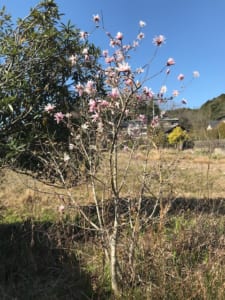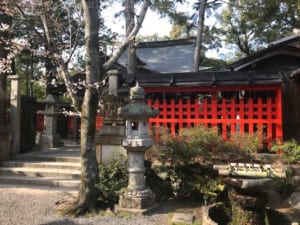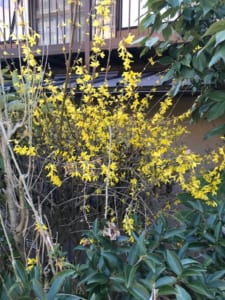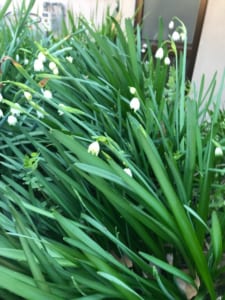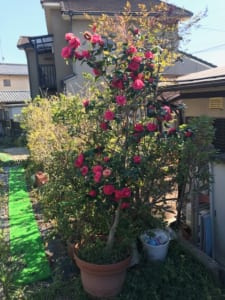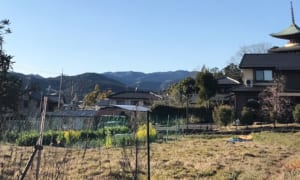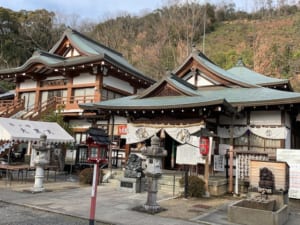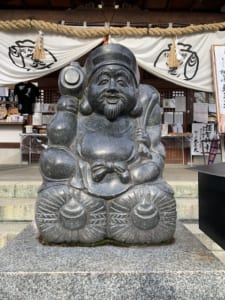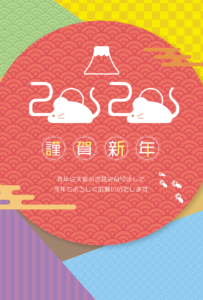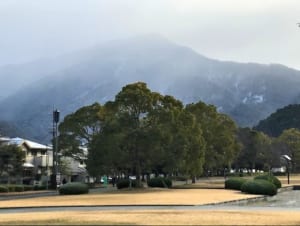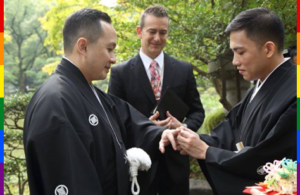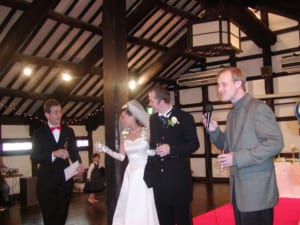Getting Legally Married in Japan
Are you a non-Japanese couple but want to get legally married in Japan? Here is what you need.
Recently I called the US Consulate in Osaka, and the Kyoto Ward Office Marriage Department and inquired about all the things that a foreign couple needs to get married legally in Japan.
Please note that the rules are not the same for all countries, but the process is very similar. The explanation below will give you a general understanding about what you need to do to get legally married in Japan.
STEP ONE: Get the “Certificate of Eligibility”
First of all, you need to get a special document called a Certificate of Eligibility= “Kon-in you-ken gubi shomeisho” from your home country’s Embassy (usually located in Tokyo) or Consulate.
To get the document you would normally need to make an appointment online in advance.
For US Citizens here is the URL for the United States Embassy in Japan.
The document is NOT AVAILABLE for US Citizens at the US Consulate in Nagoya, AND, you cannot get this Certificate of Eligibility document outside of Japan.
The Certificate of Eligibility= “Kon-in youken gubi-shoumeisho” is a notarized and legal document that declares to the Japanese government that you are NOT currently married to any other person and are legally eligible to get married in Japan.
This Certificate of Eligibility must be notarized by your country’s Embassy. For US Citizens the cost is US$50.00.
Then the Certificate of Eligibility needs to be translated into JAPANESE (Wedding Pro Japan can provide this service).
And you need your PASSPORTS.
So, in summary, to get the Certificate of Eligibility= “Kon-in youken gubi shoumeisho” you need:
1. Your Passports.
2. A small fee (For US Citizens, $50.00).
3. Online Appointment.
Then you would go to the Embassy or Consulate on the promised date at the schedule time, get the Certficate of Eligibility and have it notarized.
STEP TWO: Get Certificate of Eligibility Translated into Japanese
You will then need to get the Certificate of Eligibility translated into Japanese.
Wedding Pro Japan can assist with translating and interpreting for a small fee.
STEP THREE: Apply for the Marriage Certificate
Next you need to go to the local Japanese government Ward Office in the area where you live= “Shiyaku-sho” or “Kuyakusho” to submit the necessary documents.
Not well that to apply is FREE of charge.
For the Japanese Government you need to provide:
1. Your passports, and best to have another form of identification, such as a driver’s license.
2. The Certificate of Eligibility= “Kon-in youken gubi-shoumeisho” (and a translation of that into Japanese).
3. A filled out Official Japanese Marriage License Application form= “Kon-in Todoke” which is provided and you fill out at the City Hall or Ward Office.
4. You and your fiance’s signatures.
5. AND the signatures of TWO witnesses.
6. The witnesses should bring photo identification.
Note well: If the witnesses are not residents of Japan, then they will need to bring their passports.
(Wedding Pro Japan can assist with interpreting at the City Hall or Ward Office, and if the couple needs witnesses, Wedding Pro Japan can also provide
witnesses).
STEP FOUR: Pay for and Receive the Official Japanese Marriage License= Juri Shoumeisho
Next, while at the Japanese Government Ward Office you should pay for and get the Official Japanese Marriage License= “Juri Shoumeisho”.
Note well that getting officially married at the Japanese government office is FREE.
However, it will cost about 450yen to get a printed version the Official Marriage License= “Juri Shoumeisho”.
*You need this document to take back to your home country to use as proof of your marriage.
STEP FIVE: Translate the Official Japanese Marriage License= Juri Shoumeisho into your Native Language
According to the US Consulate staff, they explained that for US Citizens it is useful to ALSO get translated into English the “Juri Shoumeisho” because the document provided by the Japanese government is written in Japanese, and government officials in the US will not accept a document not translated into English.
For citizens of other nationalities it will also likely be necessary that you will need to have yourJapanese Marriage Licence= “Juri Shoumei-sho” translated from Japanese into your native language.
Please note well that Wedding Pro Japan can provide English to Japanese and Japanese to English translating and interpreting for a small fee.
Please contact Daniel at Wedding Pro Japan Corp if you have any questions.
Contact

